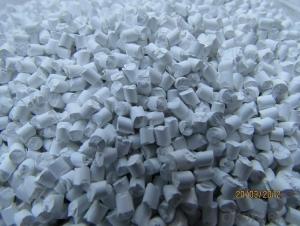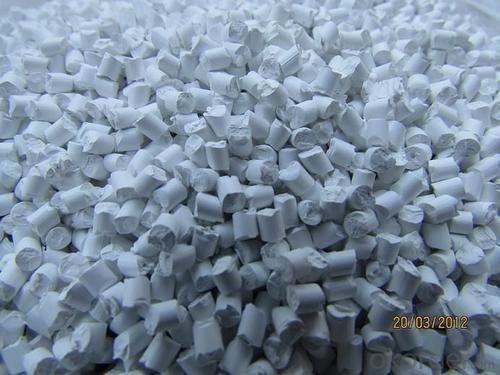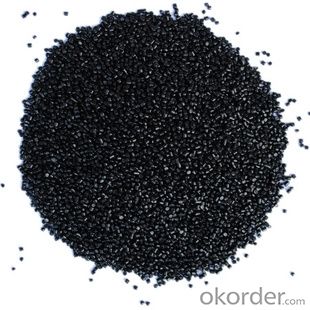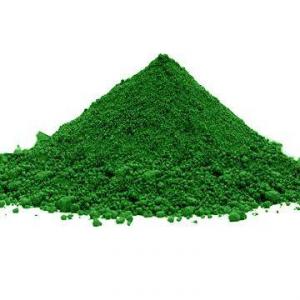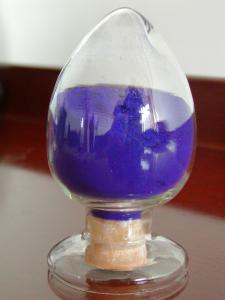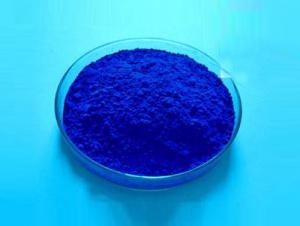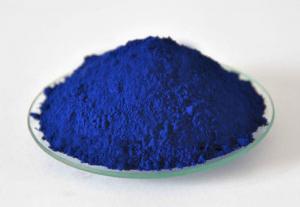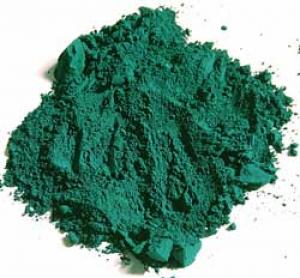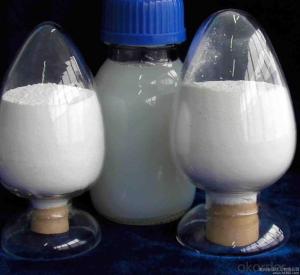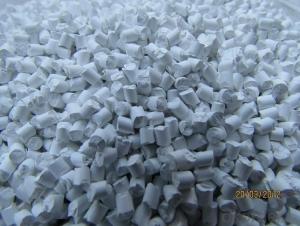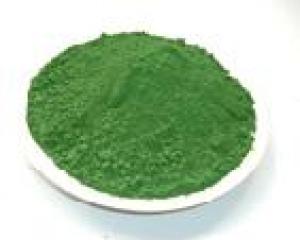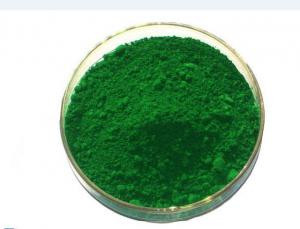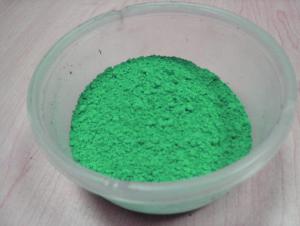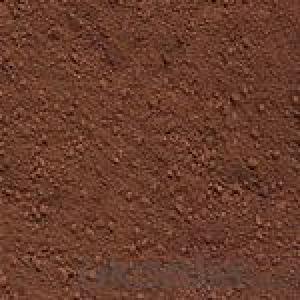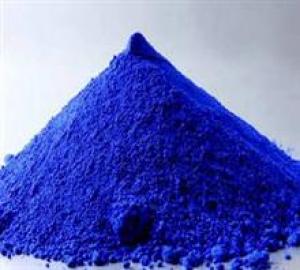High Density Black&White Masterbatch Special-purpose color Masterbatch
- Loading Port:
- China main port
- Payment Terms:
- TT OR LC
- Min Order Qty:
- 25 kg
- Supply Capability:
- 1000000 kg/month
OKorder Service Pledge
OKorder Financial Service
You Might Also Like
Specification
Application & Features
This series of products use PP as the substrate. lt has characteristics such as Easy coloring,Non-toxic,Tasteless,weathering strong,No leakage and migration.There will be No bubble and pocking mark while producing,meanwhile,it enhance pipes stiffness and toughness.
Technical Specification
General Information | ||
Product Name | : | High Density Black&White Masterbatch |
Physical and Chemical Specification | ||
Packaging | : | Unit Kraft bag |
Carrier Resin | : | PE |
Melting Temperature | : | > 100° C |
Appearance | : | Uniform granule |
Light Fastness | : | 5(ISO Blue Wool Scale) |
Heat Stability | : | 240 ° C |
Application | : | Injection & Extruding moulding , |
Letdown Rate | : | 2 % ~ 4% |
Color difference | : | ΔE<0.3 0.3 |
MFI(ASTM D-1238,190°C,2.16kg) () | : | 21± 5 grams/ 10 minutes |
Moisture(ASTM-4019) | : | 0.5 % |
Granule count/gram | : | 30-50 |
Granule length (L) | : | 2.5 – 3.5 mm |
Granule diameter (D) | : | 2 – 3 mm |
- Q: Why does a plant use several pigments instead of one or two?Why are plant leaves green?
- Pigments are a way for a plant to absorb the sun's energy in the form of light (photosynthesis). The different colored pigments absorb different wavelengths of light and pass it on directly to the plant to make energy, except for one class called the carotenoids, which much pass it on the the chlorophyll before anything happens The plants leaves are green because they absorb all the other wavelengthss (red, blue, oragne etc) except the green one, and the reflection of the green is what our eyes see.
- Q: i love makeup so mucch im like addicted...lol but the only thing is that i only buy that department or drug store brands cause i cannot afford high quality brands. the one that i buy are good for me,,but anyways i was wondering what the heck is mac eyepigment,,what is the diffrence between eyeshow and pigment? pleas help thank u,,,oh yeah and what does it look,like on the eyes?
- a mac pigment is a highly concentrated loose eyeshadow just a little will give u alot of color as opposed to a regular eyeshadow which isn't as vibrant or pigmented to give you a visual, you know when you put on eyeshadow, you have to apply it a few times to see some decent color? .. with mac pigments its so concentrated that in the first stroke you can see the colour as it is in the pot. you can even use it as eyeliner
- Q: I hear about it cause my Friend is albino and she was born with no pigments in her hair,skin or eyes
- Melanin (i /?m?l?n?n/; Greek: μ?λα?, black) is a pigment that is ubiquitous in nature, being found in most organisms (spiders are one of the few groups in which it has not been detected). In animals melanin pigments are derivatives of the amino acid tyrosine. The most common form of biological melanin is eumelanin, a brown-black polymer of dihydroxyindole carboxylic acids, and their reduced forms. All melanins are derivatives of polyacetylene. The most common melanin – dopamelanin – is a mixed copolymer of polyacetylene, polyaniline, and polypyrrole. Another common form of melanin is pheomelanin, a red-brown polymer of benzothiazine units largely responsible for red hair and freckles. The presence of melanin in the archaea and bacteria kingdoms is an issue of ongoing debate among researchers in the field. The increased production of melanin in human skin is called melanogenesis. Production of melanin is stimulated by DNA damage induced by UVB-radiation,[1] and it leads to a delayed development of a tan. This melanogenesis-based tan takes more time to develop, but it is long lasting.[2] The photochemical properties of melanin make it an excellent photoprotectant. It absorbs harmful UV-radiation and transforms the energy into harmless heat through a process called ultrafast internal conversion. This property enables melanin to dissipate more than 99.9% of the absorbed UV radiation as heat[3] (see photoprotection). This prevents the indirect DNA damage that is responsible for the formation of malignant melanoma and other skin cancers. Albinism (from Latin albus, white; see extended etymology, also called achromia, achromasia, or achromatosis) is a congenital disorder characterized by the complete or partial absence of pigment in the skin, hair and eyes due to absence or defect of an enzyme involved in the production of melanin.
- Q: thinking about the main role of pigments in photosynthesis...? explain how the pigments in colored objects suc?
- photosynthetic pigment or antenna pigment is a pigment that is present in chloroplasts or photosynthetic bacteria and captures the light energy necessary for photosynthesis. Green plants have five closely-related photosynthetic pigments (in order of increasing polarity): Carotene - an orange pigment Xanthophyll - a yellow pigment Chlorophyll a - a blue-green pigment Chlorophyll b - a yellow-green pigment Phaeophytin a[1] - a gray-brown pigment Phaeophytin b[1] - a yellow-brown pigment Chlorophyll a is the most common of the six, present in every plant that performs photosynthesis. The reason that there are so many pigments is that each absorbs light more efficiently in a different part of the spectrum. Chlorophyll a absorbs well at a wavelength of about 400-450 nm and at 650-700 nm; chlorophyll b at 450-500 nm and at 600-650 nm. Xanthophyll absorbs well at 400-530 nm. However, none of the pigments absorbs well in the green-yellow region, which is responsible for the abundant green we see in nature.
- Q: Can someone describe the role of accessory pigments in photosynthesis?
- Accessory pigments help the plant absorb energy from different wavelengths of light other than those that are absorbed by the main pigment chlorophyl.
- Q: What pigments take part in photosynthesis?
- Photosynthesis in plants is dependent upon capturing light energy in the pigment chlorophyll.This chlorophyll resides mostly in the chloroplasts and gives leaves their green color. The range of light absorption in leaves is extended by some accessory pigments such as the carotenoids, but does not cover the entire visible range - that would make the leaves black! Some plants and plantlike organisms have developed other pigments to compensate for low light or poor use of light. Cyanobacteria and red algae have phycocyanin and allophycocyanin as accessory pigments to absorbe orange light. They also have a red pigment called phycoerythrin that absorbs green light and extends the range of photosynthesis. The red pigment lycopene is found in vegetables. Some red algae are in fact nearly black, so that increases their photosynthetic efficiency. Brown algae have the pigment fucoxanthin in addition to chlorophyll to widen their absorption range.
- Q: Hi what is pigment?i went on mac cosmetics and they sell all different kinds of stuff called pigment. I want to use it to make lip gloss but is it safe for my lips?please answer soon!
- the pigment on MAC that you were looking at is like loose eyeshadow. it's essentially coloured powder and it can be used for many different things- including in lip-gloss. it is perfectly fine to use on your lips, and using MAC is a good choice, as they have some of the best pigments I've come across.
- Q: i also need the color they are links would be great if you know a good one
- If you want to physically separate the different pigments, you can use a method called paper chromatography. The chlorophyll is dissolved in a certain solute and is allowed to move through a piece of paper. The different pigments will move at different speeds and they will be separated. But if you simply want to identify the different pigments, you can use another method called spectrophotometry. Different chlorophyll pigments absorb photons of different wavelength. In diethylether, chlorophyll a has approximate absorbance maxima of 430 nm and 662 nm, while chlorophyll b has approximate maxima of 453 nm and 642 nm. So that's how you distinguish between the two.
- Q: Many of the microorganisms found on environmental surfaces are pigmented. Of what possible advantage is the pigment?
- So they can absorb different light frequencies to use for energy (from photosynthesis). Light travels in water according to the frequency (wavelength). So different pigmented organisms are able to exist in different environments, possibly reducing competition with other forms.
- Q: Why is it important for a plant to have more pigments than just chlorophyll?
- if the plant has more than one color of pigments, it can absorb more spectrums of the visible scale and create food longer, therefore surviving longer
Send your message to us
High Density Black&White Masterbatch Special-purpose color Masterbatch
- Loading Port:
- China main port
- Payment Terms:
- TT OR LC
- Min Order Qty:
- 25 kg
- Supply Capability:
- 1000000 kg/month
OKorder Service Pledge
OKorder Financial Service
Similar products
Hot products
Hot Searches
Related keywords
